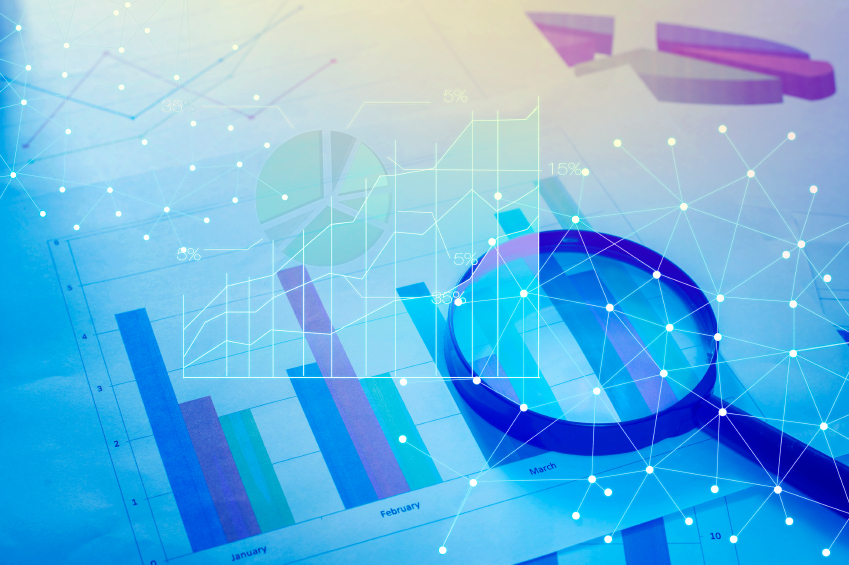By Karen Hsu
In yesterday’s Advisor, Karen Hsu, vice president of marketing at Badgeville, elaborated on how gamification can help increase employee engagement. Today, Hsu discusses how the data from these games can be used to track performance and increase productivity.
 |
Tracking Performance Against Objectives
Once the HR team achieves higher levels of engagement, the next step is to harness data to track how the workforce is performing against stated goals, with the ultimate objective of improving the performance of the program/project and organization. In one real-world case, a company used an advanced gamification solution to identify the characteristics of top performers versus middle performers.
Using reports that provided data on the distribution of activities, performance against defined goals and key performance indicators (KPIs), social advocacy activities, business impact, etc., management was able to perceive clear patterns.
They found that top performers tended to call more and do fewer activities in the customer relationship management (CRM) system, whereas middle performers did not log as many calls. Some of the lower performers, even after logging many activities in the CRM system, still did not sell as well as those who logged fewer activities but did more calls. These findings had clear performance management implications.
Looking at Individual and Team Performance Data
Another critical advantage that data can provide, is the ability to measure how specific people and/or teams are doing. With this information, HR professionals can recognize people for the good work they’re doing and improve loyalty. Management can also identify skills gaps or a need for greater skills diversity.
Reports on reputation scorecards, team, or individual achievements versus goals or KPIs, rankings, expertise distribution, etc., can all contribute to the general level of knowledge about organizational capabilities.
In one actual use case, a company found that employees who had earned zero points in the gamification system were likely to leave the company within 6 months. As a result of using these analytics, the HR team could identify who these people were in the future and address their issues before experiencing costly turnover. And with a digital reputation system that clearly shows employees’ skills, project managers are able to quickly staff new initiatives.
Gamification can solve the employee engagement crisis and drive greater productivity and profitability while reducing operational costs. But before selecting a gamification solution, HR professionals should take a close look at the data it can provide. With the right approach, a gamification solution can transform HR into a more data-driven organization that continuously optimizes engagement, tracks progress, and identifies issues and talent proactively. And that can add up to a game-changing competitive edge.
